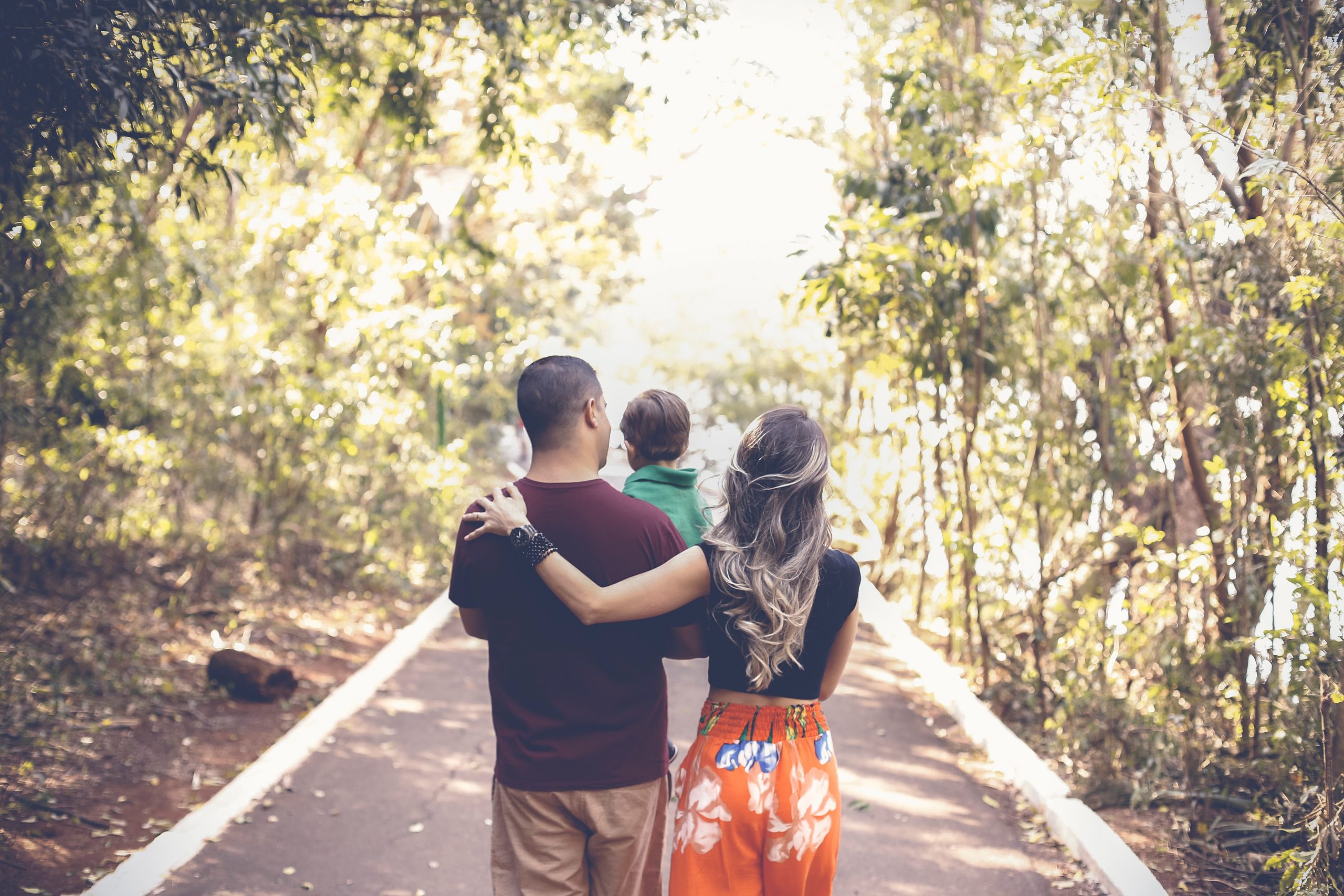You are gambling with your child’s health if you discourage them from trying new things. Children develop and learn in part by taking risks; this includes being given the green light to scale tall buildings, explore unfamiliar neighborhoods, operate grown-up tools, and race down a hill on a bike.
It’s only natural to want to protect your child from harm, but the potential for harm may be outweighed by the benefits of increased self-esteem and physical strength. Injuries incurred during risky outdoor play typically aren’t too serious and don’t necessitate extensive medical care, which is good news.
Whether it’s venturing out on one’s own to the park or school, scaling a tree, or trying out a new skateboard trick, most risky behavior among children involves some form of physical activity. If you prohibit or discourage risks, your child may be less active than he or she otherwise would be.
Taking into account how much time your kid spends playing each day, this is crucial information. Seventy-six percent of children aren’t getting the recommended sixty minutes of physical activity each day through play.
One expert on child development (who studied children on playgrounds in three countries) came up with the following categories of unsafe behavior:
- Play at heights
- Play at high speeds
- Play with tools
- Play near dangerous elements (such as water or fire)
- Rough-and-tumble play (such as wrestling)
- Wandering away from adult supervision
Almost all of these pursuits are beneficial because they force children to work hard and build strong muscles, bones, hearts, and lungs. Do heights and speeds motivate your kid to move? Participate in both unstructured activities (like going to the park or riding a bike) and structured sports to get the most of it (such as skiing, skating, or martial arts).
Children need to take on challenging tasks in order to build self-assurance. For them to succeed, it’s important to realize that failure isn’t the end of the road. They will eventually succeed at something new, which will boost their confidence.
When the stakes are higher, like when there’s a chance of getting hurt or failing, that skill becomes more valuable.
Some children may need days or months to climb to the top of the obstacle. They are, in fact, lowering their own danger by taking their time.
They’re starting to feel more confident as they get through their worries. Our children need to learn how to persevere and be resilient, two qualities that will serve them well throughout their lives.
When children engage in physical play that involves frequent changes in posture, such swinging from a great height or hanging upside down from the monkey bars, they are stimulating the growth of their vestibular system. Surprisingly, this technique also aids children in managing their emotions and focusing on their studies.
Free play helps youngsters grow socially as they learn to take calculated risks, and it also has positive effects on their mental and physical health. Some research suggests that kids learn more about social norms and how to follow rules when they have time to play on their own terms.
Last but not least, taking calculated risks in a social environment teaches youngsters to be responsible by forcing them to share and cooperate. These milestones in social development must be attained before a kid reaches adulthood, as they will be essential for success in personal and professional interactions.
We cannot exaggerate the significance of nurturing a child’s social and emotional development. According to the findings of a study published in 2015, kindergarteners’ social and emotional well-being is a strong predictor of their future success (or lack thereof) in a variety of domains, including academic achievement, employment, criminal behavior, substance abuse, and mental health.

